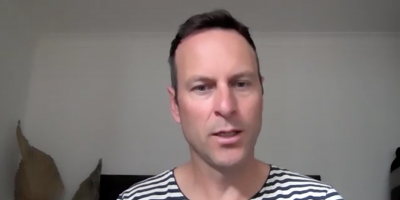Using market research to grow exports
Market research plays an important role in understanding domestic and global markets, and is critical in underpinning new market entry. This may include measuring the current and potential size of market, price optimisation, segmentation and competitor landscape as well as unique market factors such as distribution, attitudes and behaviours and how to best position and grow in a new market. How likely is success or failure and how to prioritise markets (e.g. those with more growth ease and potential), avoid mass financial loses in futile markets and set up strategic fundamentals rather than going in blind.
In any market, domestic, national, limited global or wider global, there are risks of misalignment to product market fit.
Failure to find product market fit, be this from a saturated market, misalignment to consumer needs or inaccurate assumptions, can be costly.
While quite complex to ensure it is accurate to the actual market, research is valuable in providing evidence for leaders including the following.
1. Market sizing
Pulling together census population data, and survey (e.g. current and potential usage) and other statistics allow for a pessimistic and optimistic market size to be estimated, including product unit sales, and optimal price. Scenario dashboards can be created to allow for adjustment against assumptions.

2. Optimal pricing
Price modelling allows for an equilibrium to be found to optimise sales units and overall revenue. Such modelling allows for the consumer to estimate the price via proven statistical models. What can be interesting about price modelling is that some markets have a lesser ability to anchor the price (comparative price point against other products) against the category, for a new market entry may be a previously unknown product type difficult to estimate. Price modelling can also reveal that the consumers willingness to pay is either above or below the expected go to market price. A price estimate deficit can indicate a need to increase the value perception through education and other marketing and strategies. If consumers are willing to pay less than the price required to be viable this is a risk.

3. Competitor landscape
Understand the competitor landscape is also a valuable output of new market entry research. This may illustrate a cluttered or open market. From our previous research it can a general homogeneous competitor landscape, all targeting the same narrow target audience. The research can identify uncontested market segments that offer larger growth potential, including going wider rather than being narrow in only targeting small and possibly non-viable niche segments.
4. Market profiling
Illustrating current and growth market segments, including persona segments such as age, gender and other demographics and other behavioural (e.g. current and potential purchase), psychographic (e.g. attitudes to life and category), media consumption and and other dimensions in the survey and other qualitative and quantitative data. This can be useful to compare geographic markets, identify consistencies and differences worth considering in the entry strategy.

5. Marketing guidance
How best to price, distribute and promote is important to optimise the chance of success. New market research can illustrate current awareness and appetite, optimal positioning / messaging and which media will reach the overall and priority target audiences more effectively to drive brand and revenue growth.
Market research should be an essential first step into exploring and prioritising new markets to expand, nationally or globally. Optimising growth potential, with research scalable from simple toe-in-the-water sense checks to multi-country market and cultural measurement and immersion studies.
Please contact Square Holes for assistance with new market entry.





